 Final preparations are being made for the April 1 launch of Tosa Space Sake, a Japanese rice wine made with a batch of yeast that spent 10 days in space last October aboard a Russian Soyuz rocket. At a March 6 press conference held in Kochi city, the labels for the space sake, which will hit shelves across Japan next month, were displayed to the public.
Final preparations are being made for the April 1 launch of Tosa Space Sake, a Japanese rice wine made with a batch of yeast that spent 10 days in space last October aboard a Russian Soyuz rocket. At a March 6 press conference held in Kochi city, the labels for the space sake, which will hit shelves across Japan next month, were displayed to the public.
Each of the 17 participating brewers from Kochi prefecture has their own marketing plan. Five of the companies? labels show an image of the earth floating in blue space. Another label was created by Dehara Yukinori, a "figure illustrator" native to Kochi city, whose design features a comical depiction of an astronaut, sake brewer, and farmer. A separate label for the?Tosa Space Sake (Tosa Uchu-shu) logo is also affixed to each bottle.
All that remains now is the final taste check. Then, on April 1, the world's first space sake will take off.
[Source: Kochi Shimbun]
[Further reading: Asahi Shimbun (English)]

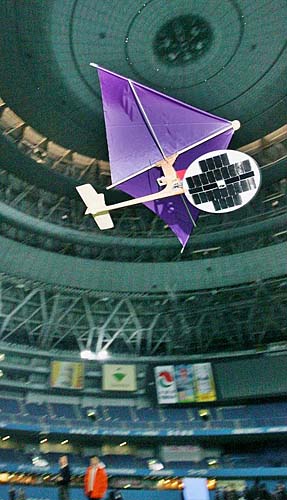 An unmanned aircraft powered by a ground-based laser was demonstrated at Osaka Dome on March 7. The aircraft is the work of a Kinki University research team led by Professor Nobuki Kawashima (aeronautical engineering). The researchers expect the aircraft to be used for gathering information in the event of a disaster.
An unmanned aircraft powered by a ground-based laser was demonstrated at Osaka Dome on March 7. The aircraft is the work of a Kinki University research team led by Professor Nobuki Kawashima (aeronautical engineering). The researchers expect the aircraft to be used for gathering information in the event of a disaster.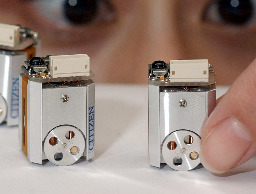 On March 6 in Osaka, Japan,
On March 6 in Osaka, Japan, 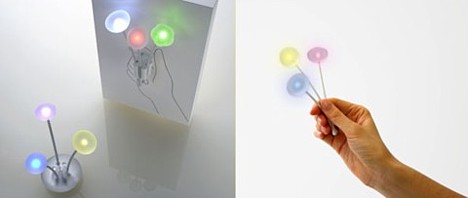
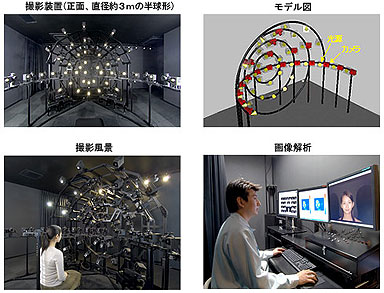
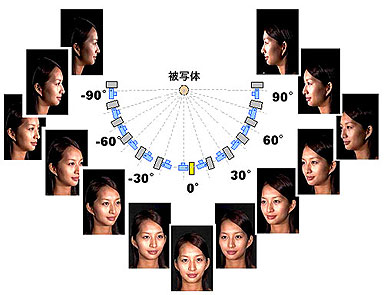
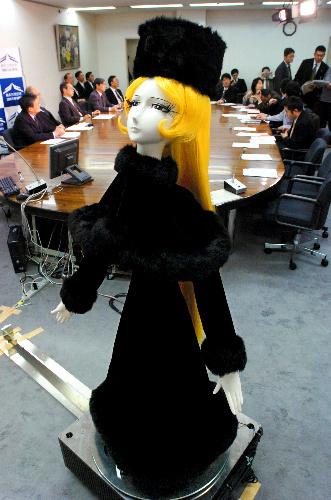 A robot modeled after Maetel, the heroine of Leiji Matusmoto?s legendary Galaxy Express 999 (Gingatetsudo 999) anime, will go to work as a guide at the New Kitakyushu Airport, which is scheduled to open on March 16. The android was unveiled on February 28.
A robot modeled after Maetel, the heroine of Leiji Matusmoto?s legendary Galaxy Express 999 (Gingatetsudo 999) anime, will go to work as a guide at the New Kitakyushu Airport, which is scheduled to open on March 16. The android was unveiled on February 28.